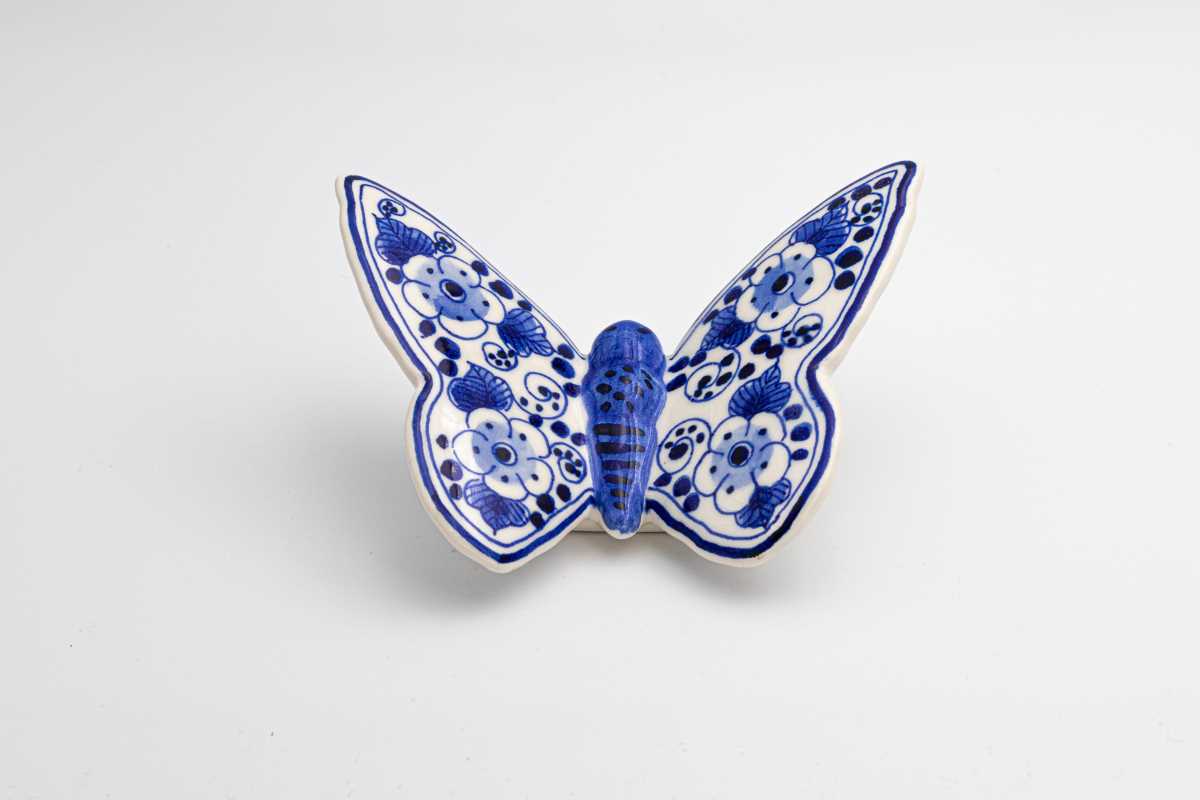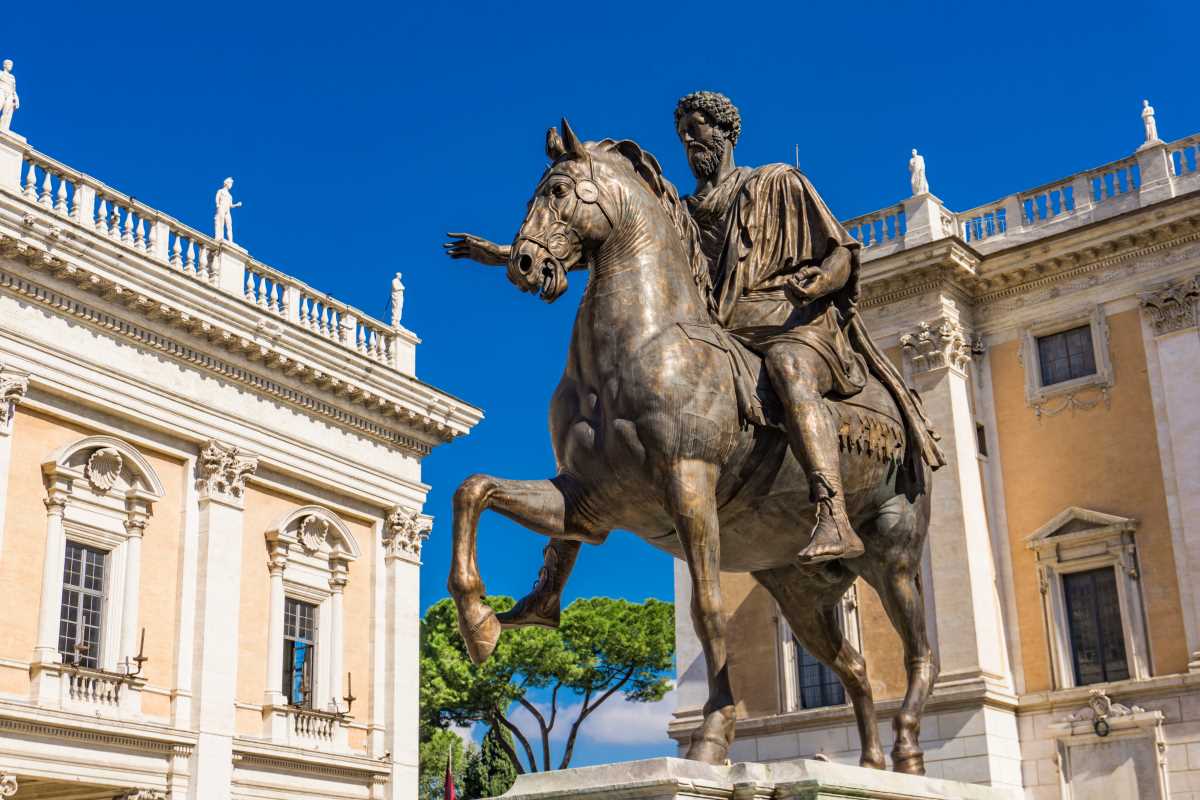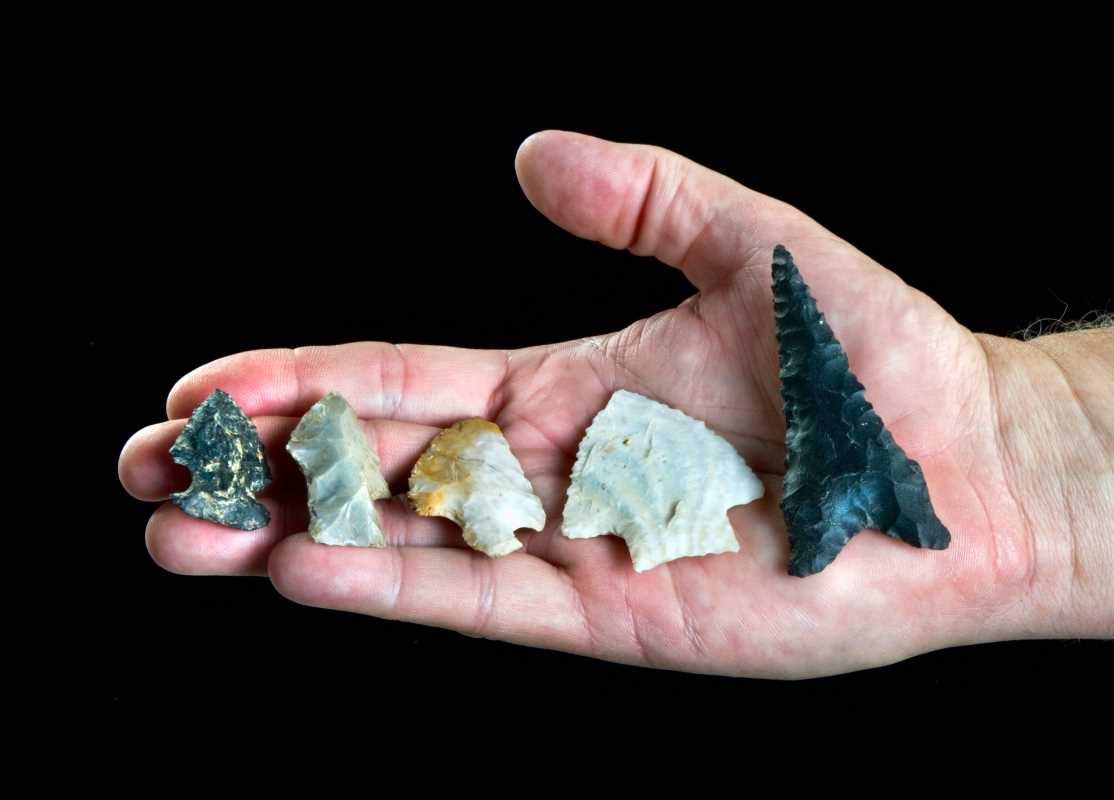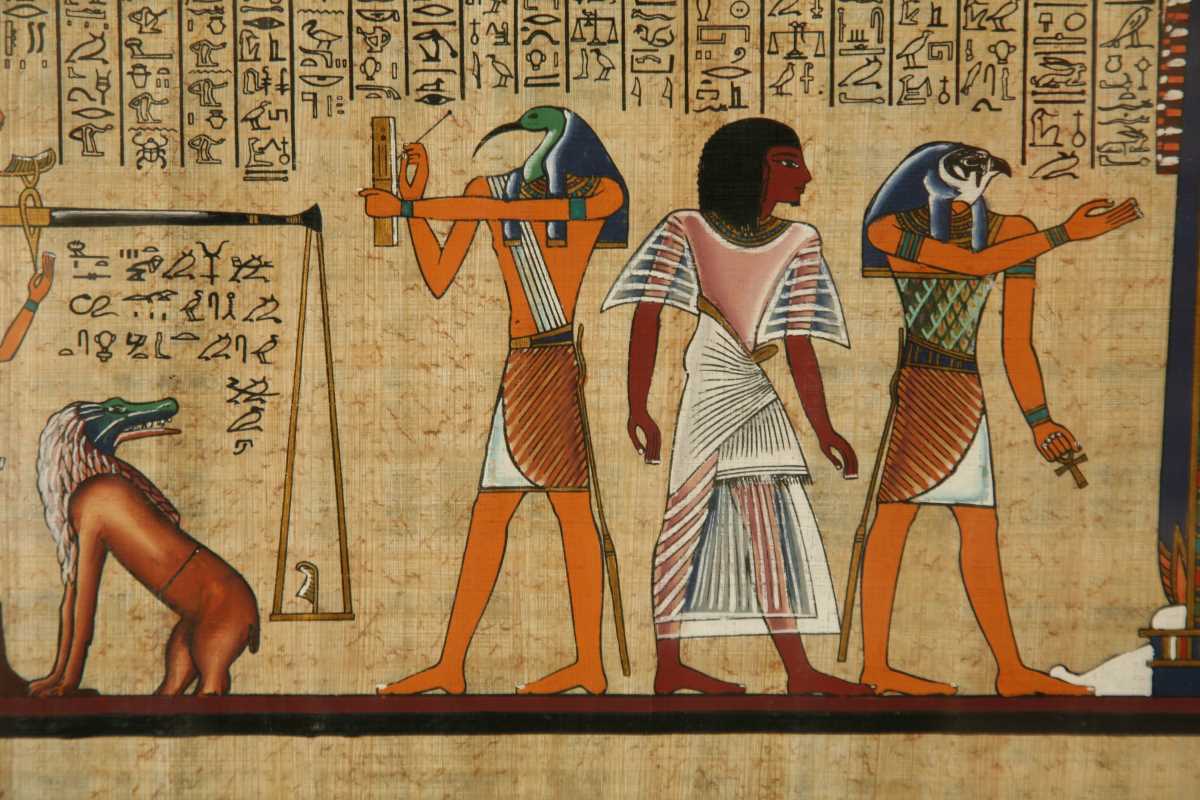Imagine a world bursting with opportunity, where trade routes stretched across continents and cities flourished with wealth from exotic goods like spices, silk, and sugar. This was the Netherlands during the 17th century, a time often called the Dutch Golden Age. It was a period of incredible economic growth, and it wasn’t just merchants and sailors who thrived. Artists known as the Dutch Masters immortalized this era in their paintings, capturing the spirit of commerce and culture that defined an age. Through their canvases, they told the story of a vibrant society driven by trade, exploration, and innovation. Delving into their masterpieces is like taking a time machine to witness the golden age of commerce firsthand.
To understand what made this period so special, it helps to look at the world the Dutch were living in. The 17th century saw the Netherlands transform into a global powerhouse. After gaining independence from Spain in the late 1500s, the Dutch Republic emerged as a center for trade, science, and culture. Cities like Amsterdam became hubs of activity, brimming with merchants, bankers, and sailors who brought goods from all corners of the world.
The Dutch dominated maritime trade thanks to their impressive fleet of ships and the creation of the Dutch East India Company (VOC) in 1602. This company revolutionized global commerce, becoming one of the first multinational corporations and laying the groundwork for modern capitalism. At the same time, the wealth generated from trade flowed into the arts, allowing painters to push the boundaries of creativity.
Art as a Mirror of Society
Unlike the fancy portraits of kings and queens you might picture when you think of classic art, the Dutch Masters painted scenes that reflected everyday life and the unique culture of the Dutch Golden Age. Their works were often realistic and full of detail, and many were commissioned by wealthy merchants or civic organizations rather than the nobility. These weren’t stories of mythological gods or grand battles, but rather slices of life in a bustling society.
Paintings from this era often focused on three key themes tied to commerce and wealth:
- The Prosperity of Trade
- Many artists captured the goods that trade brought to the Netherlands. Still-life paintings of luxurious items like Chinese porcelain, exotic fruits, and fine textiles showcased the nation’s global connections. These were more than pretty pictures; they celebrated the wealth and success of Dutch merchants.
- The Lives of Ordinary People
- Dutch Masters like Jan Steen and Pieter de Hooch depicted the lives of everyday people, from fishmongers and farmers to tavern-goers. These works offered a glimpse into how the economic boom impacted daily life.
- The Power of Portraiture
- Wealthy individuals often commissioned portraits to display their status. These weren’t just “look at me” moments; they were statements about their role in society and the booming economy. A merchant might sit beside a table piled with books and maps to show off his knowledge and contributions.
Rembrandt’s Vision of Wealth and Commerce
One of the most famous Dutch Masters was Rembrandt van Rijn, whose works captured the complexities of his time. While many of his peers focused on lavish displays of wealth, Rembrandt often explored the human side of commerce. Take, for example, his painting "The Night Watch" (1642), which portrays a group of militia members who were key players in protecting trade routes and city wealth.
Another example is his focus on light and shadow, which he used to draw attention to the emotions and personalities of his subjects. His work suggested that beneath the façade of wealth and power lay very human stories of ambition, struggle, and success.
Vermeer’s Quiet Reflection of a Thriving Society
Another Dutch Master, Johannes Vermeer, is best known for his intimate, quiet scenes of domestic life. At first glance, his paintings may not seem tied to commerce, but a closer look reveals otherwise. Many of Vermeer’s works, such as "The Milkmaid" or "Woman Holding a Balance," hint at themes of wealth and trade.
For instance, the background details in his interiors often contain fine linens, jewelry, or imported goods that reflect the prosperity of the time. Even the maps hanging on the walls of his paintings remind viewers of the global reach of Dutch trade.
Realism and the Dutch Art Market
One major reason the Dutch Masters stood out was their incredible attention to detail. They painted with realism that brought their subjects to life. Whether it was the gleam of light reflecting off a polished silver goblet or the expression on a subject’s face, these details made their work relatable and impressive.
This realism also connected to the booming art market in the Netherlands during the Golden Age. Unlike other parts of Europe where art was mainly funded by kings or churches, the Dutch had a thriving middle class that purchased art for their homes. This demand meant that artists were painting for everyday people, not just the elite, leading to a wider range of subjects and styles.
Themes of Vanity and Morality in Wealth
While the Dutch Masters celebrated the prosperity of their time, they also weren’t afraid to highlight its potential pitfalls. Many still-life paintings included objects like skulls, extinguished candles, or wilting flowers as subtle reminders of life’s impermanence. These “vanitas paintings” warned viewers not to become too attached to material wealth or forget the moral consequences of their actions.
Artists used these works to encourage reflection on the balance between enjoying prosperity and maintaining humility. These moral lessons added depth and meaning to their insights into the commercial boom.
The End of the Golden Age and Legacy of the Dutch Masters
By the late 17th century, the Dutch Golden Age began to decline due to economic competition, wars, and changing political dynamics. However, the legacy of the Dutch Masters endured. Their works continue to be celebrated for their skill, innovation, and unique ability to tell the story of their time.
Today, you can admire their masterpieces in museums like the Rijksmuseum in Amsterdam, home to Rembrandt’s "The Night Watch," and The Mauritshuis in The Hague, where Vermeer’s "Girl with a Pearl Earring" can be found. These paintings remain a window into an extraordinary chapter in history, where art and commerce intertwined in remarkable ways.
 (Image via
(Image via




